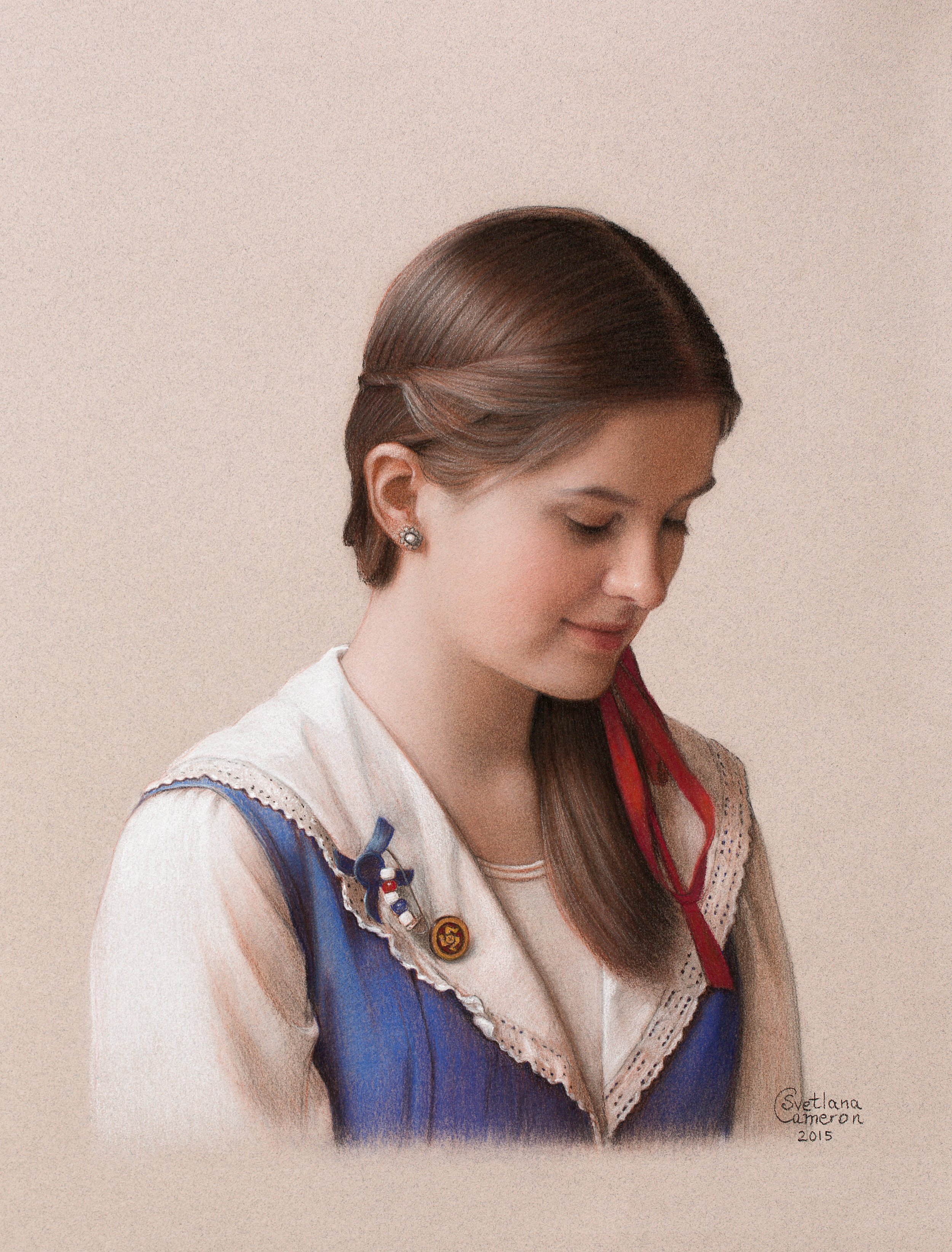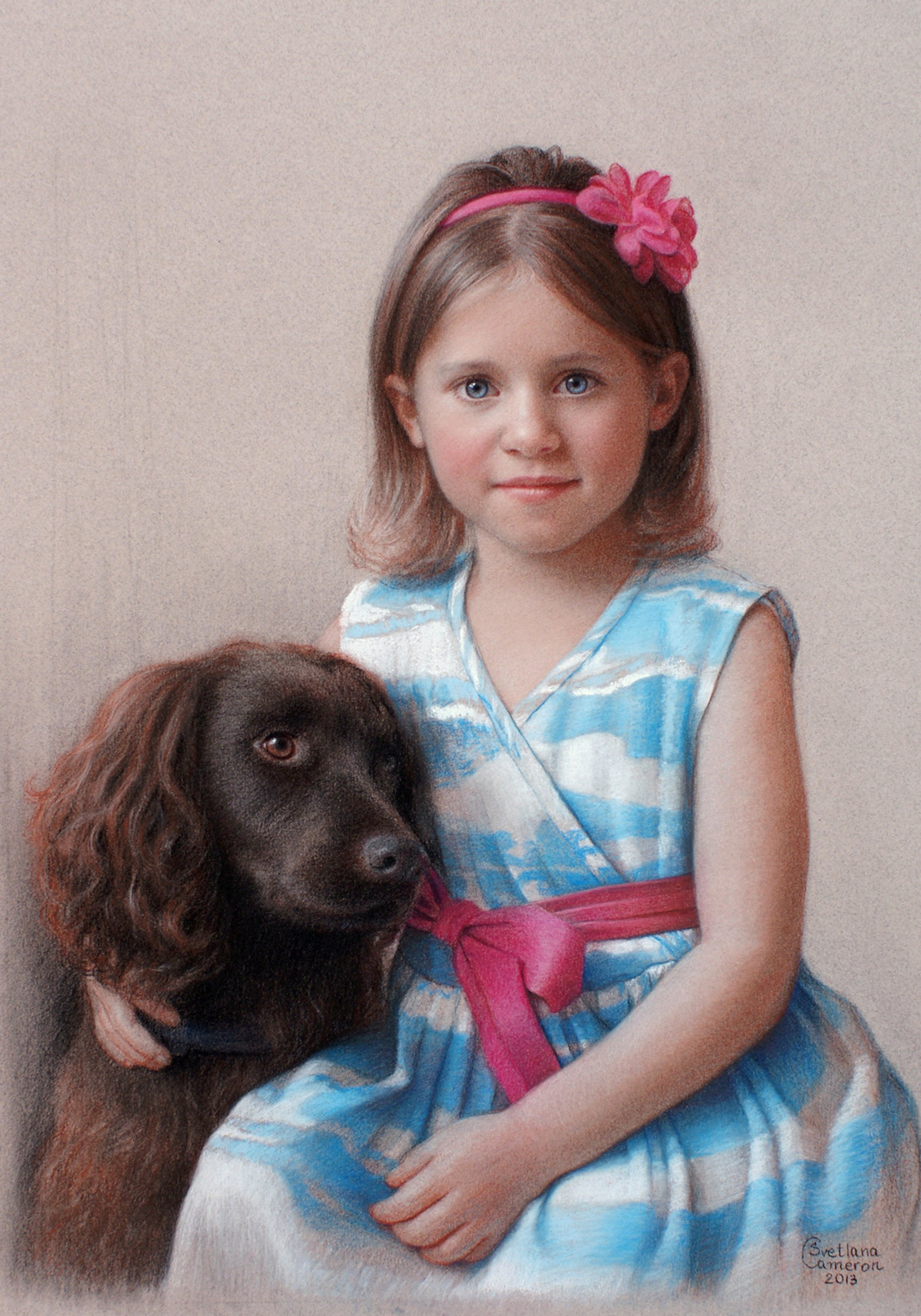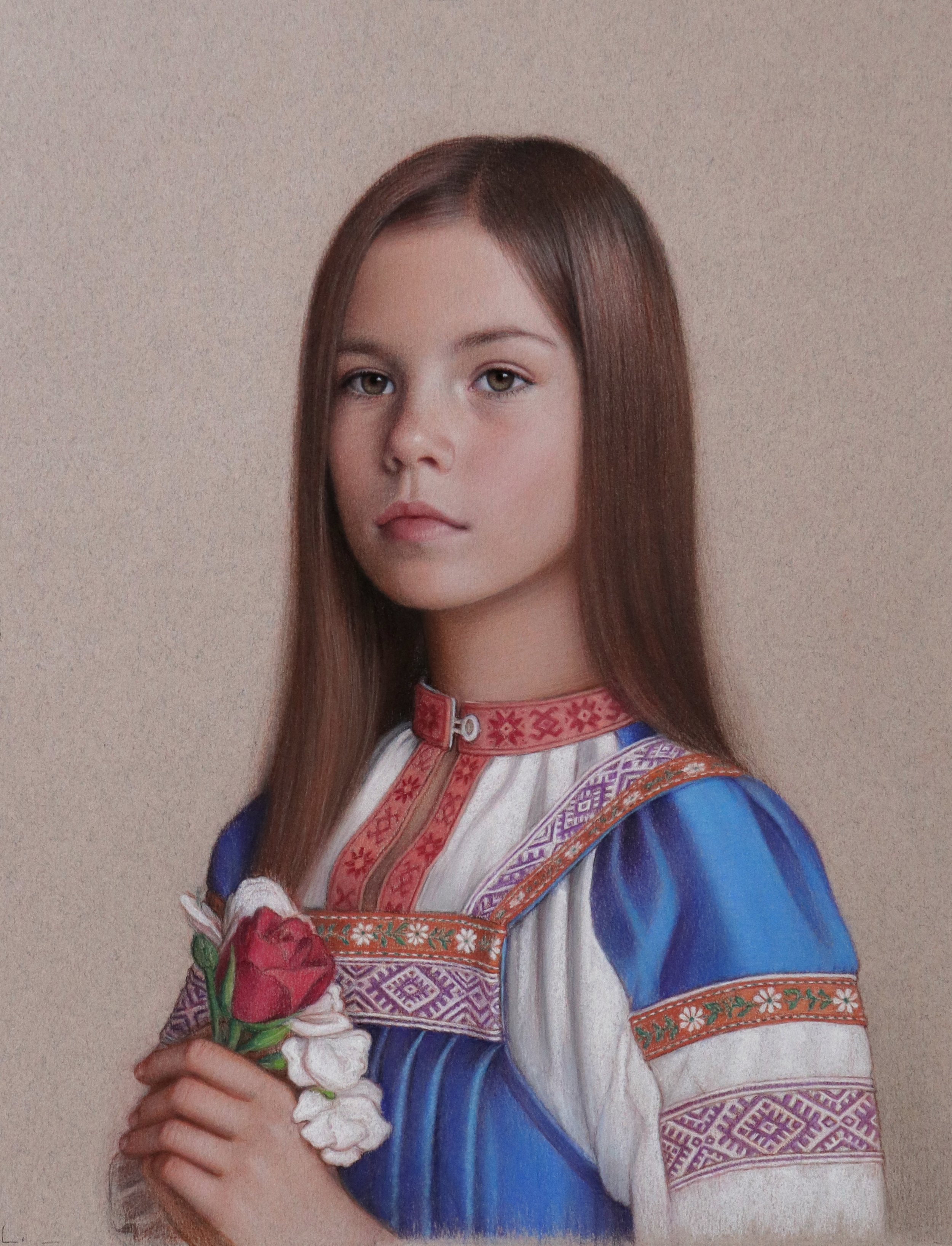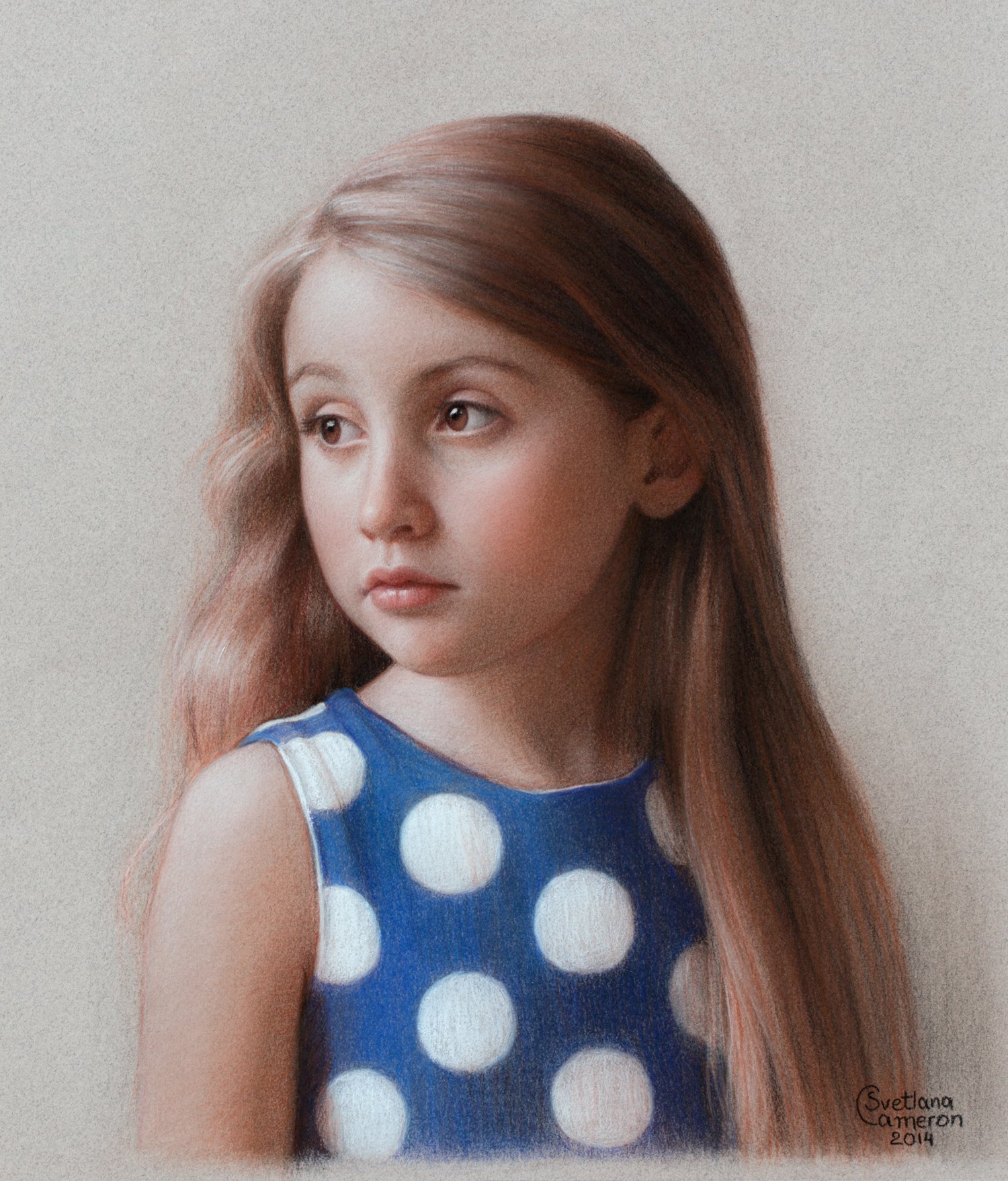Interview
Svetlana Cameron
Svetlana Cameron (b. 1978) is a contemporary British portrait artist working in the style of Classical Realism. She is best known for highly detailed formal oil portraits, as well as delicate lifelike portraits of children in her own original pastel technique. Her works often feature sitters in ceremonial wear, ethnic costumes, and other types of embellished clothes that add narrative elements to her portraits.
Svetlana Cameron works by commission, creating portraits for British institutions with established portraiture traditions, and private clients worldwide. Cameron's works are included in the UK national collection of oil paintings and are featured on such prestigious online portals as ART UK and the ARC Museum of Realist Art in the USA. Her portraits hang in the Royal Regiment of Artillery, Parliament of the Isle of Man, collections of the Church of England and the Roman Catholic Church, and numerous private collections in England, Scotland, Isle of Man, France, Switzerland, Russia, Ukraine, Malta, Singapore.
Svetlana Cameron's technical skill, attention to detail, and ability to capture her sitters' personalities have receive accolades on many occasions and been recognized internationally with numerous awards and honourable mentions. In February 2022 she received International Prize Leonardo da Vinci awarded in Florence to established contemporary artists who stood out in their artistic and stylistic research. Svetlana Cameron is represented by the Mayfair Art Circle in London. A sought-after portrait painter, she travels across the UK and internationally to participate in art exhibitions and meet with her sitters.
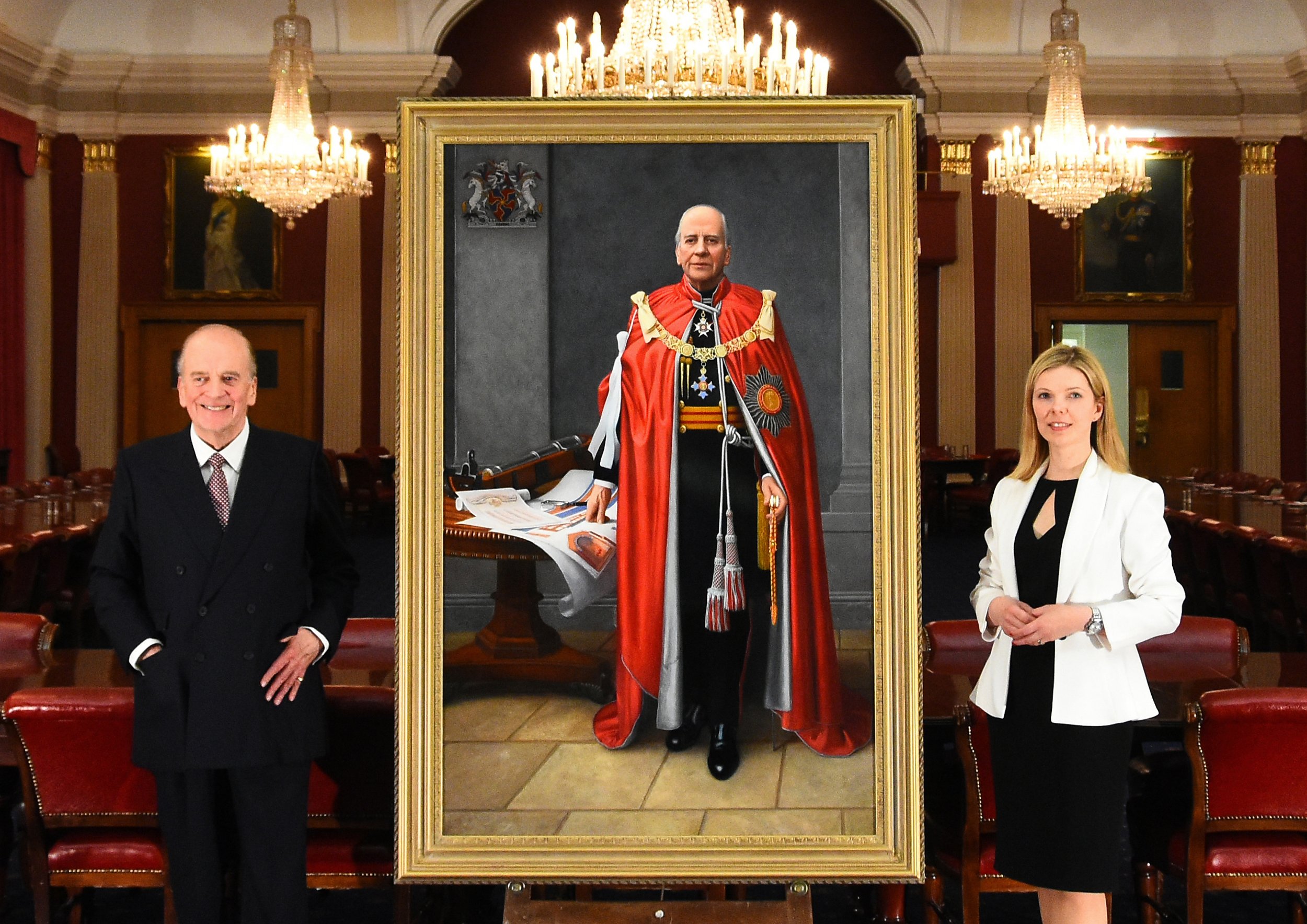
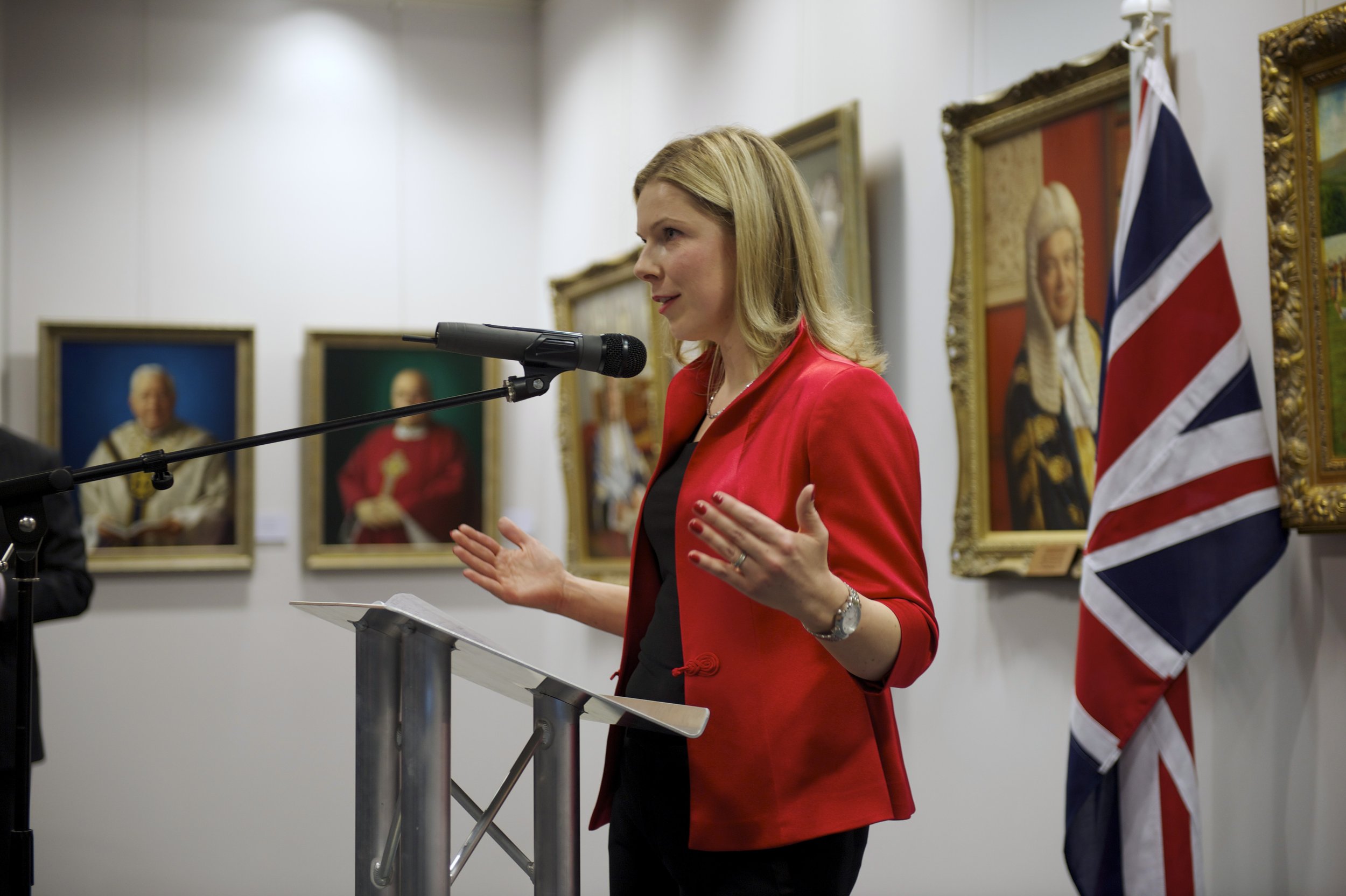
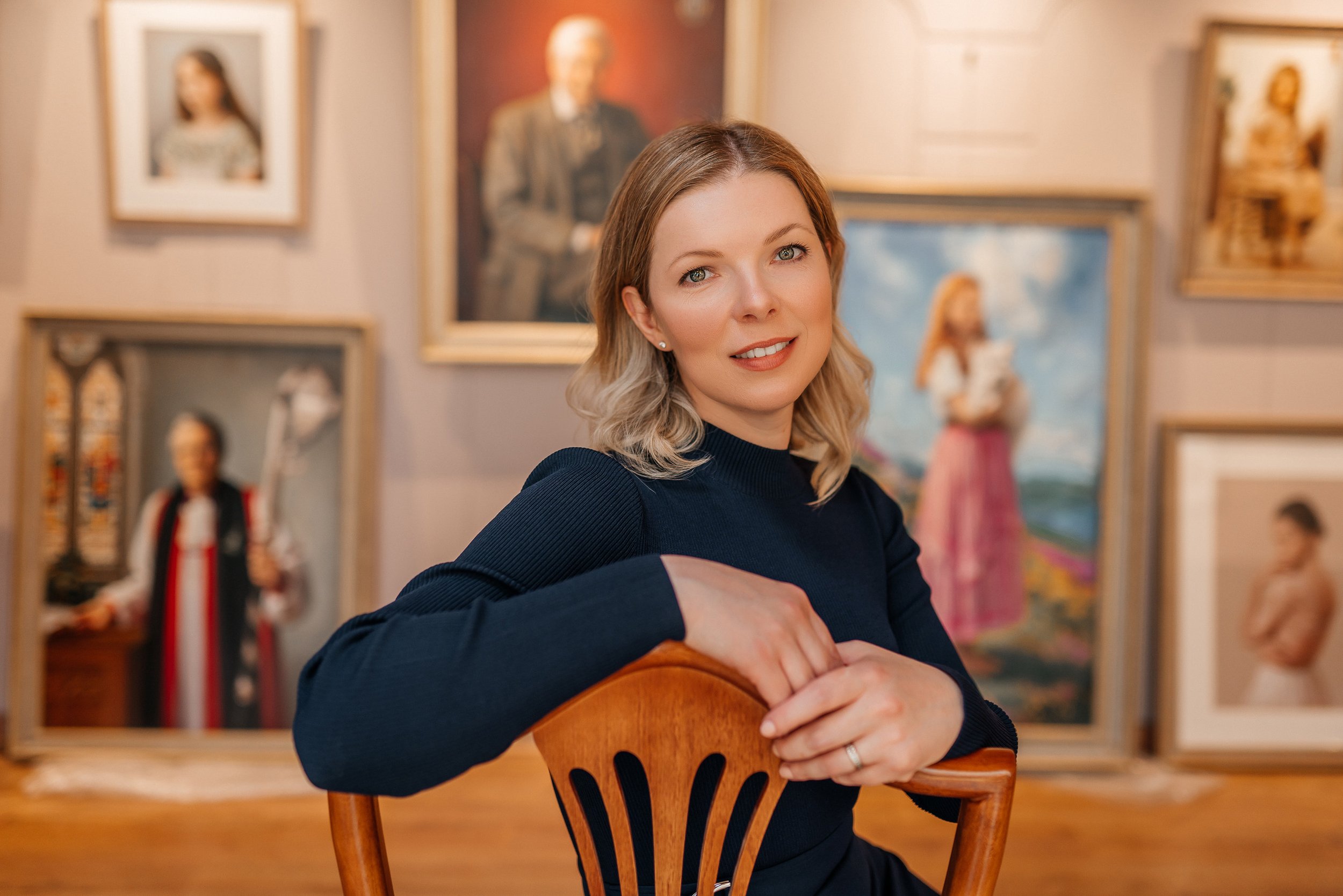
What is your background and how did you start your journey in the art world?
“My cultural background is very mixed: I was born in Ukraine to a Russian family and grew up in Latvia, Slovakia, and the Czech Republic. I went to a university in Russia where I studied modern languages and specialized in the English language and culture. I received formal art training in Italy, attending Florence Academy of Art courses. In 2005 I settled permanently in Great Britain and became a British citizen. My art portrait painting career took off and developed in this country, and I became known internationally as a Russian-born British artist. As a child, I enjoyed drawing and painting, but it was just one of many hobbies. It needed to stand out more, my special abilities remained undetected, and I never considered becoming an artist.
My first proper introduction to art happened at university. I found the art history subject fascinating and decided I wanted my future career connected with art. There was a brief period when I worked as an English-speaking guide/interpreter in the national art museums in Moscow, and that experience changed my life. I spent each day among masterful artworks, talking to art professionals and enthusiasts. I was fortunate to visit restoration workshops and get insights into Old Masters' practices. Reading a lot of specialized literature on art history and painting techniques made me increasingly curious about the creative process. I began to experiment with various materials and started taking academic drawing lessons. My tutor noticed my unique abilities and encouraged me to develop them, and soon my interest turned into a passion. In search of classical atelier training, I traveled to Italy, where I attended a portrait painting course at the Florence Academy of Art and discovered Renaissance art. It was a point of no return. I have been painting portraits full-time for 18 years, and I cannot imagine doing anything else.”
What inspires you?
“Small inspirational moments happen almost every day and can be triggered by many things:
People's faces.
Flowers in the garden.
Clouds in the sky.
Beautiful interiors.
Music.
Images I see in books and media.
An artist's life is made of such moments. They come and go quickly like thoughts, creating a sense of wonder and sparking ideas but not making lasting impressions. The extensive inspirational experiences that shake me up and cause a strong urge to create usually happen when I see masterful artworks in museums and exhibitions. I get particularly inspired by art where technical brilliance and robust and balanced composition are combined with layers of meaning. Such paintings make me stop when I see them across the museum hall. They draw me in and make me want to get close and explore every brush mark and every detail. I read the description, find out more about the artist, take a photo or download an image from the internet, and then look at it repeatedly. Such experiences trigger ideas for my artwork.”
What themes do you pursue? Is there an underlying message in your work?
“I love painting people. Portraiture is a unique genre where an artist needs to be a highly skilled painter and a good psychologist. For a portrait to be successful, it is essential to tune in with the mood and character of the subject and then express one's observations in an artwork that goes beyond physical likeness and captures the essence of a person. Another challenge is navigating the process in a way that leaves the sitter and the client happy without compromising one's own artistic style. Each portrait I create has a hidden meaning, even when it is not immediately apparent to the viewer. An underlying message may be in the reason why the picture was created or why it was composed in a particular way. It can be expressed through clothes, accessories, or a color scheme or be hidden in the background. If we are talking about my entire body of work, it has one big message: the realistic painting tradition is not a thing of the past. It is as relevant today as hundreds of years ago. People still appreciate skill and talent. Figurative art speaks a visual language that has a universal appeal. It enables artists to communicate with viewers directly and reach their hearts and minds without elaborate verbal explanations.”
How would you describe your work?
“I paint contemporary portraits in the style of Classical Realism. I create custom artworks for private and institutional collections with established portraiture traditions. Depending on the subject, I work either in oil or pastel. My oil painting method is a variation of the traditional multi-layer Flemish technique which is rarely practiced today due to its complexity and is no longer taught in art schools. My drawing method is inspired by the Renaissance 'trois crayons' technique which I have re-interpreted, expanded, combined with pastel, and over the years, have arrived at the style that is now associated with my name.”
“Each portrait I create has a hidden meaning, even when it is not immediately apparent to the viewer.”
Which artists influence you most?
“Renaissance artists, particularly Raphael, Da Vinci, Bronzino, and Holbein, strongly influenced me. I admire the Dutch art of the Golden Age - the portraiture of Rembrandt and his contemporaries demonstrate technical brilliance and emotional sensitivity that is not easy to surpass. I also love European portraiture of the late 19th century when artists began to break away from the academic tradition and loosened up their brushwork but still had proper training and produced highly skilled works. My favorite painters from that period are Edgar Degas, Eduard Manet, British artist John William Waterhouse, American John Singer Sargent, Russian artists Ilya Repin and Ivan Kramskoy, Hungarian Philip de Laszlo, Spanish artists Joaquin Sorolla and Vicente Lopez - too many to mention all of them!”
What is your creative process like?
“My creative process always starts with meeting with the person I will paint. Getting to know the sitter, spending time with them, choosing clothes and props, and working together on the composition of the future portrait is an essential step. This is when I get a visual and emotional impression, and a mental image of future artwork appears. I do not know how to explain it, but I can vividly imagine how a person will look in my portrait. Everything I do during the subsequent stages - posing, lighting, painting from life, taking my photos of the sitter, and working from them in my studio - is guided by that initial impression and aims to re-create it on paper or canvas.
I develop my oil portraits slowly and meticulously, applying multiple layers. Work begins with a drawing and a monochrome underpainting known as grisaille, followed by thin transparent glazes and thick opaque layers, where required. The layered method allows me to achieve depth and luminosity of colors and fine detail that is impossible to create by using modern direct painting techniques. My pastel technique involves using only three colors for the skin tones - black, red, and white, which are layered, mixed, and blended in a way that allows the color of the paper to show through. This combination of physical and optical mixing results in subtle and realistic skin tones. When I paint clothes and accessories, I switch to pastels and use a full range of colors, but I always try to keep my palette limited.”
What is an artist’s role in society and how do you see that evolving?
“There are various types of artists, and their roles are different. Some see their mission as creating provocative artworks, challenging people's perception of things, or highlighting societal problems. Others quietly observe the world, capture its beauty and share it with others, creating objects of aesthetic beauty and filling the viewers with a sense of wonder. Some are rebels who want to break the rules and invent something new, while others, like me, cherish the traditions and see their mission as keeping them alive and passing them down to future generations. Each type is essential and exciting in its own way, and this diversity makes the art world so fascinating.”
Have you had any noteworthy exhibitions you'd like to share?
Over my 18-year career as a full-time portrait artist, I have had several large solo shows and participated in many group exhibitions. The most recent and noteworthy are:
2022 - Barcelona International Art Biennale at the MEAM Museum.
- Woman's Essence exhibitions in Paris.2021 - Woman's Essence exhibitions in Rome, supported by UNESCO.
- London Art Biennale.
- Royal Society of Portraits Painters exhibition in London.
- Annual exhibitions of the British national Society of Graphic Fine Art. Mall Galleries, London.My portraits have been exhibited at private events at prestigious places like the UK Parliament, Royal Regiment of Artillery, Societe Generale Bank in London, the Reform Club, Taylor Wessing Headquarters in London, and the Parliament of the Isle of Man. You can view images from these and other events and find out more information about them at here.”




